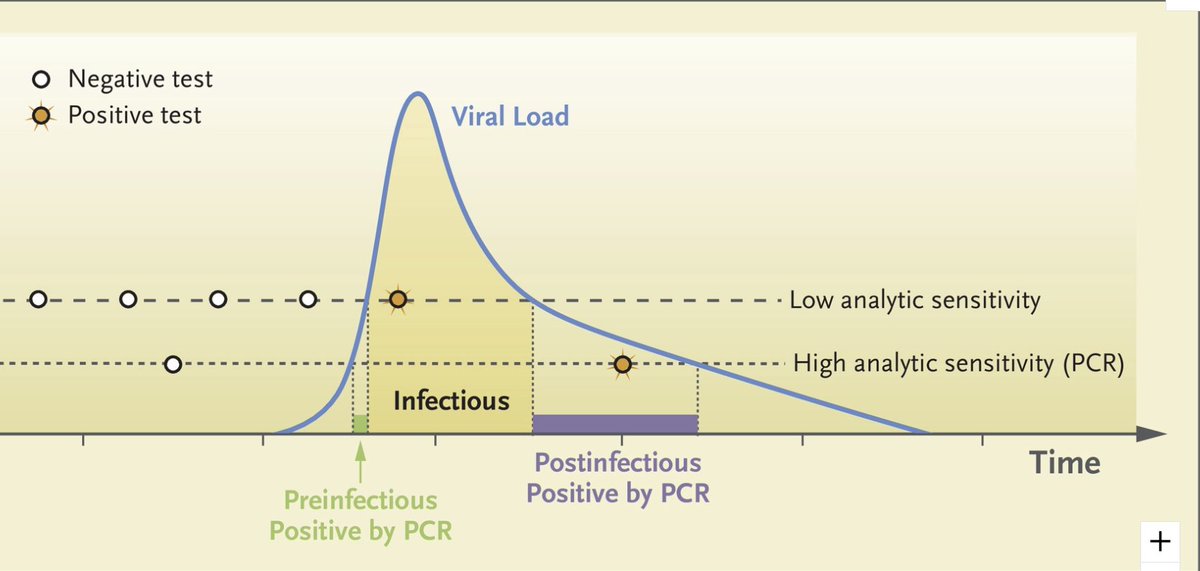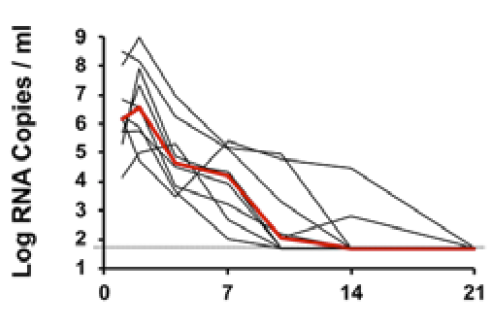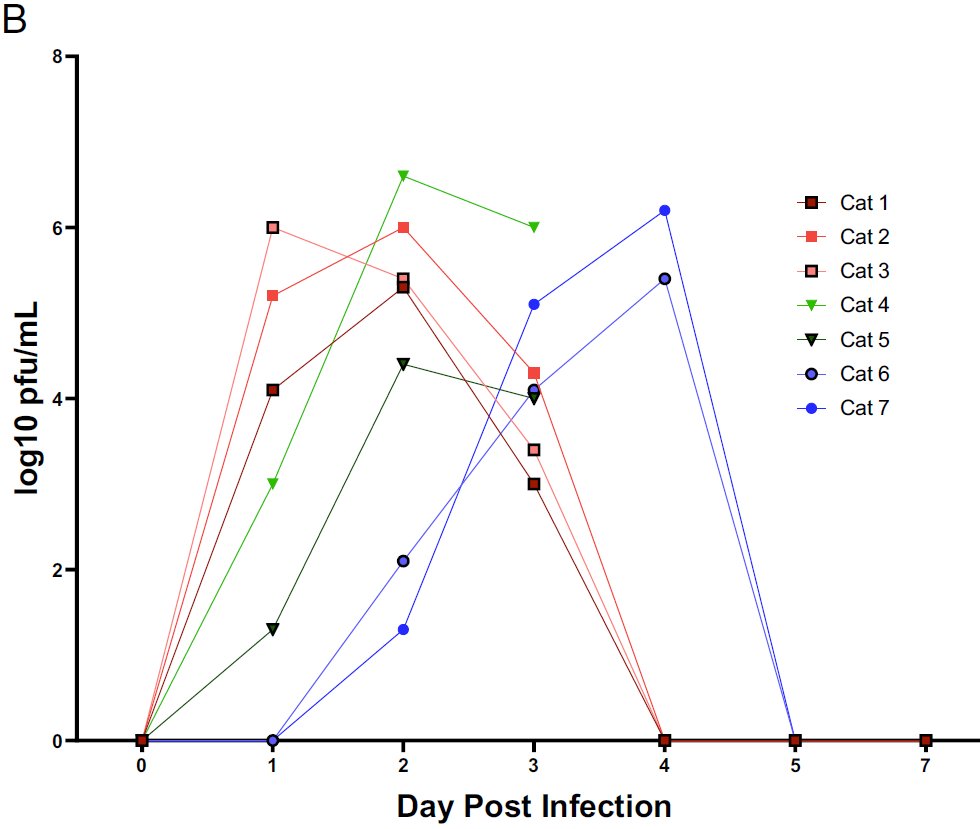
How do we survive next 6-12 months?
Tweets by @TinaG_SD epitomize what many feel - even w/ relatively good measures in place, as in CA (mask mandate, bars/restaurants closed or nearly so, sick pay, etc.), transmission continues & cases ebb & flow & restrictions crush jobs.
Thread
Tweets by @TinaG_SD epitomize what many feel - even w/ relatively good measures in place, as in CA (mask mandate, bars/restaurants closed or nearly so, sick pay, etc.), transmission continues & cases ebb & flow & restrictions crush jobs.
Thread
https://twitter.com/TinaG_SD/status/1314647338510499840
COVID cases are surging in many parts of the US now where there are few measures in place (no mask mandates, open bars, etc.).
These measures certainly help but don't seem to be enough (see previous tweet). Why?
https://twitter.com/aetiology/status/1314616027909484544
These measures certainly help but don't seem to be enough (see previous tweet). Why?
Transmission of COVID-19 is inherently a 2 step process. Step 1: Transmission w/in households is rapid with whole households sometimes getting infected.
Step 2: Transmission between households.
Step 2: Transmission between households.
Transmission w/in households is hard to stop b/c few wear masks at home & we sleep, eat, drink, talk with household members. It's actually surprising that household attack rates aren't higher (~20%; Z Madewell @nataliexdean medrxiv.org/content/10.110…)
So the key to stopping transmission is stopping b/w household transmission.
Where does this transmission occur? Some of it happens in work settings, & masks, distance help reduce that. Some happens in bars, restaurants, etc. & closing those reduces this.
Where does this transmission occur? Some of it happens in work settings, & masks, distance help reduce that. Some happens in bars, restaurants, etc. & closing those reduces this.
Some transmission happens b/c people go to work when they are mildly ill b/c they might not get paid or will get penalized for missing work. Sick pay & incentives to encourage staying home & getting tested help with this.
We need all these things - masks, sick pay, safe isolation/quarantine space, safe work spaces w/ distance, ventilation, etc. But they aren't enough because...
Quite a bit of b/w household transmission happens at private social gatherings that closing businesses & making work places safer don't stop, including both big events like weddings (theguardian.com/us-news/2020/s…) & also smaller gatherings - meeting a friend or driving together.
Stopping this kind of transmission requires people to know risk & make choices to gather safely. This means meeting outside w/ 6' distance or masks or both. But if people discount risk (e.g. due to Trump/Fox news misinformation), then they think hassle is too big & meet inside.
Also, if it's easy to meet safely then people are more likely to do it. Thus, closing the safest public places (parks, beaches) is harmful & worst for poorest that don't have private outdoor space, especially in cities. @zeynep @JuliaLMarcus
Many of us are worried about winter coming because outside is less fun when it is 0C, resulting in less safe indoor gatherings b/w friends & family. Many places, including CA, have closed outdoor safe spaces & made no effort to create safe places/ways for people to gather.
They have resorted to abstinence-only approaches by banning gatherings of all sizes. While we need people to avoid close contact w/ non-household members, humans are social beings & are going to gather. We just need to do it safely.
We obviously can also reduce transmission through testing/tracing/isolate/quarantine: need people to get tested at 1st mild symptoms, get results quick, & need tracing capacity as we showed recently:
medrxiv.org/content/10.110…
medrxiv.org/content/10.110…

For this we need sick pay, easy testing & quick results & sufficient contact tracing capacity & safe isolation/quarantine space.
Until that's all in place, we are relying on measures described above plus personal choices. Poor options, misinformation & fatigue don't help.
Until that's all in place, we are relying on measures described above plus personal choices. Poor options, misinformation & fatigue don't help.
To keep transmission low for next 6-12 months before vaccine widely available, we need good information & messaging, good governance, & community wide effort. Sadly we haven't had most of those things due to politics & division & poor leadership when we needed it most.
I've been writing about this for months. Here's a version from June that I wish was outdated:
But we can always start now. We have so much to gain. Let's do it!
https://twitter.com/DiseaseEcology/status/1272271134696673281. Sadly it all still applies. That's how little progress we've made. It's disheartening.
But we can always start now. We have so much to gain. Let's do it!
This provides strong evidence for the need to get accurate information into everyone's hands but especially those getting news from Republican leaning sources.
https://twitter.com/StevenJDuffield/status/1315031470797451265
• • •
Missing some Tweet in this thread? You can try to
force a refresh









